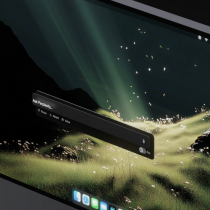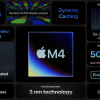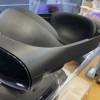The Ars review: Oculus Rift expands PC gaming past the monitor’s edge
It took me a few days with an Oculus Rift before I really felt comfortable swiveling my head around while playing a video game. Sure, I’d gotten somewhat used to the idea in years of trade show VR demos or while playing around with my own Oculus Rift development kits and Samsung’s Oculus-powered Gear VR. But those experiences were fighting with decades of gaming experiences where my head generally stayed glued to one spot, pointed at the center of a TV or monitor, and tilted only occasionally to maybe get a better view of something in the corner.
It can be easy to fall back into the “look straight ahead” habit when you first start playing many Rift games. Even when the 3D display showed items flying past my shoulder or out of my peripheral vision, I’d often reach instinctively for the right analog stick or the shoulder buttons on my controller to try to turn the camera. It would take a split second before I realized, “Hey, wait, I can just turn and look for the thing I want to see.”
It might sound hyperbolic, but this is a change that requires looking at and thinking about gaming in an entirely new way. The final consumer version of the Rift now shipping to early adopters shows that Oculus has taken that rethinking seriously, putting years of development and billions of Facebook dollars of careful work toward the problem. But it also shows some early rough edges, especially on the platform software side, and these small blemishes highlight the fact that we’re still very much in the first generation of consumer-grade virtual reality.








































































